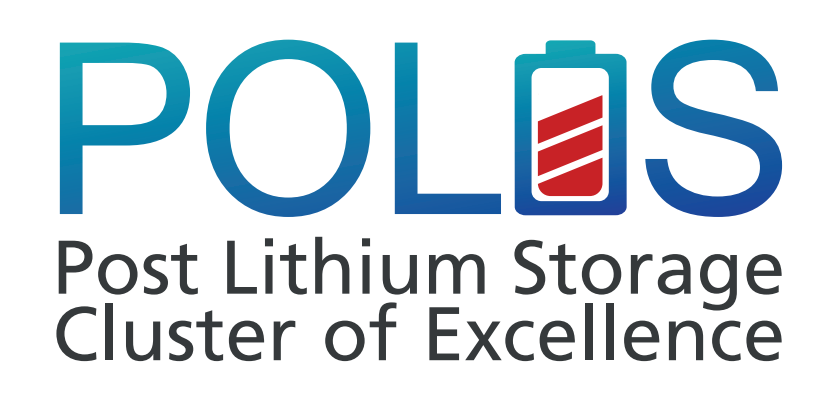
Anastasia August has once again impressively demonstrated her talent for science communication: she won first place in three Science Slams within just two weeks!
November 13: Victory at the Science Slam in Eislingen
November 21: First place in Heidelberg
November 26: Beating five strong competitors in Karlsruhe
With inspiring and entertaining presentations on complex scientific topics, she captivated the audience. Her ability to present complex content in an engaging and humorous way shows how science can be made accessible in a lively manner.
We sincerely congratulate Anastasia on these remarkable achievements and are proud to have her on our team!

Post-lithium batteries are the next frontier in energy storage technology, aiming to overcome the limitations of current lithium-ion batteries in terms of energy density, cost, safety, and environmental impact across various applications, from portable electronics to electric vehicles and grid storage. However, significant research and development are still needed to overcome technical challenges and bring these technologies to commercial viability. As part of the Cluster of Excellence, POLiS, our group is doing research on improved electrode materials and battery design with computational methods such as simulation, machine learning and research data management.
More
Anastasia August won 1st place at the Science Slam in Weingarten on 13.04.2024. With an impressive 195 out of 200 points, she prevailed against strong competition. The award recognizes her captivating presentation in this unique format of science communication. Congratulations!
More
In this publication, we consider a droplet depositing on a solid surface. By addressing the thermodynamic equilibrium of liquid-solid-gas phases, we derive a generalized Young's law and reveal an alternative physical mechanism for contact angle hysteresis. The key point for the present finding is the partial penetration of the liquid species into the solid phase at the micro-scale.
More
What factors determine how quickly a battery can be charged? Researchers at the Karlsruhe Institute of Technology (KIT) are investigating this and other questions using computer-aided simulations. Microstructure models are helping to discover and investigate new electrode materials. For sodium-nickel-manganese oxide as a cathode material in sodium-ion batteries, the simulations show changes in the crystal structure during the charging process. These lead to elastic deformation, which causes the capacity to shrink. The researchers report their findings in the journal npj Computational Materials.
More

We are happy to announce the joint conference of the 10th GAMM Workshop on phase-field modeling and the workshop "Materials/Microstructure modeling: Analytics & Benchmarks", a joint meeting of the working group "Phase Field Modeling" of the expert committee "Materials Modeling, Simulation and Data" of the Deutsche Gesellschaft für Materialkunde e.V. (DGM) and the MaTeLiS Focus Field "Virtual Materials Design and Digitalization" at the KIT. This event provides an inspiring platform for scientists to present the latest findings and advances in materials and microstructure modeling in the context of the phase-field method. Further information can be found here.
More
The Alexander von Humboldt Foundation has awarded Neha Gawande the prestigious fellowship for her postdoctoral research. Her research project is entitled 'Multiphysics modelling of a freezing cloud droplet for the prediction of secondary ice production rates'. We congratulate her warmly and are already looking forward to a productive collaboration!
More
At „Futurium Slam: Einmal auftanken!“, 22.01.2022, Anastasia August got awarded first runner up for her contribution „Wärme speichern wie ein Bär“. The prize in the context of the online Science Slam of Futurium Berlin awards her thriving presentation in in this special format of science communication. Congratulations!
More
On January 21, 2022, the Heidelberg Academy of Sciences accepted Britta Nestler as a new member of the Department of Computational Materials Research. The election is considered a high honour for scientists. The MMS congratulates!
More
